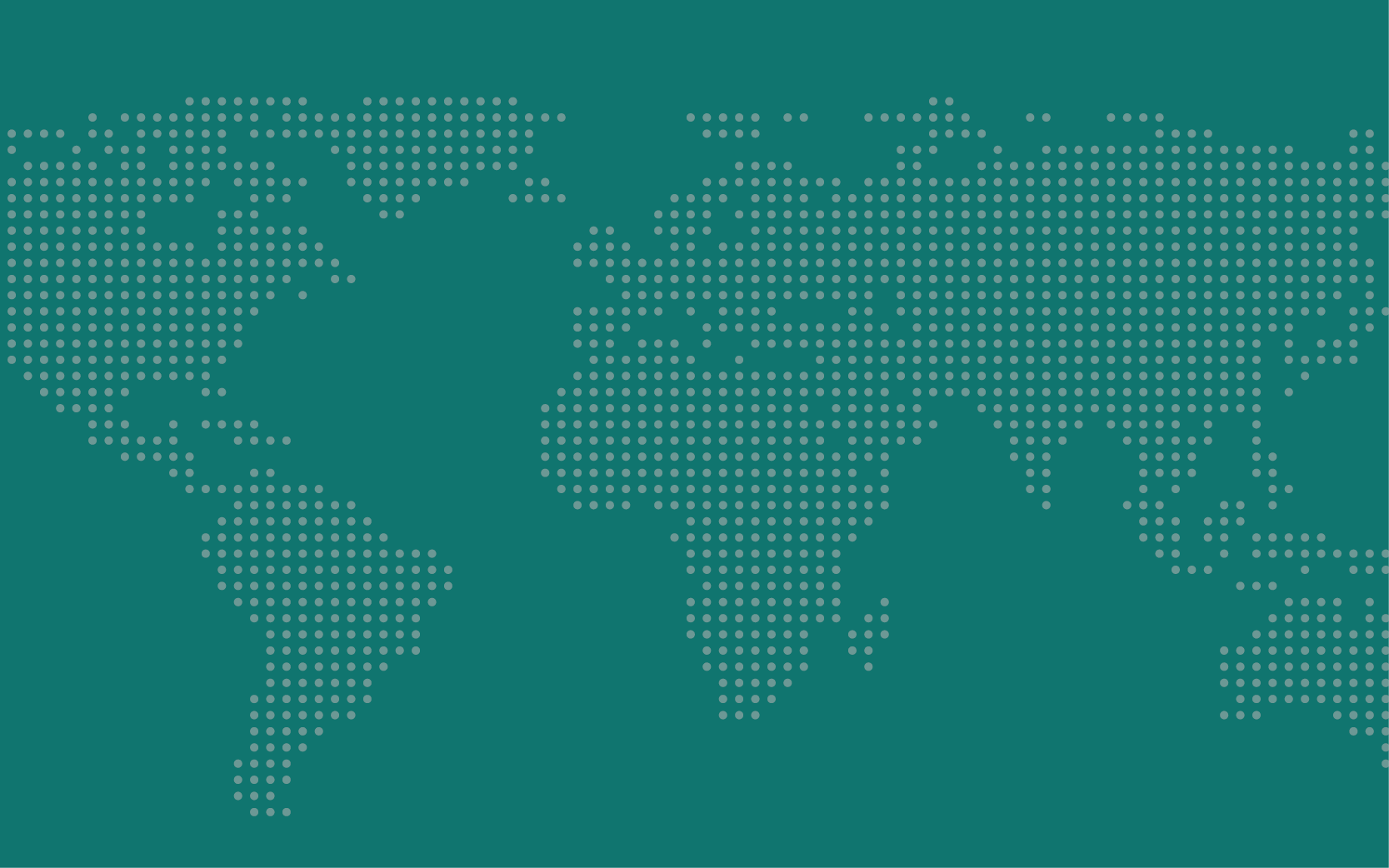Food Insecurity and Unrest: What You Need to Know
In analysis for Political Violence At A Glance, an IGCC-supported blog dedicated to political violence and its alternatives, Thomas S. Benson, a Princeton Dissertation Scholar and a Dissertation Fellow at the University of Delaware, Ore Koren, an assistant professor at Indiana University, Bloomington, and Benjamin E. Bagozzi, an associate professor at the University of Delaware, explain why—and when—people choose to mobilize when faced with food insecurity, with implications for the Russia–Ukraine war.
Russia’s invasion of Ukraine has sparked fears that skyrocketing commodity prices—especially of wheat (Ukraine and Russia together account for about one-quarter of the world’s exports), oil, and gas—will cause a global wave of food protests. War, coupled with rapidly rising inflation—which has also been linked to bread riots—and more frequent climatic shocks suggest that concerns about food insecurity creating global unrest are timely and warrant further examination.
At the same time, framing the complexities of sociopolitical environments as simple “kneejerk” reactions to rising food insecurity risks oversimplifying the situation and our ability to address it. Previous studies that identify a clear relationship between food prices and protests emphasize this risk.
Therefore, while food insecurity can clearly raise the risk of mass unrest, the key question is: When do people, faced with food insecurity, choose to mobilize? In a recent paper, we leveraged Twitter data by time and location from several cities in Kenya to answer this question. We coded—using machine learning techniques—hundreds of thousands of tweets in both English and Swahili to identify whether each tweet featured any reference to food or water stress.
Read the full blog post at Political Violence At A Glance.

Global Policy At A Glance
Global Policy At A Glance is IGCC’s blog, which brings research from our network of scholars to engaged audiences outside of academia.
Read More